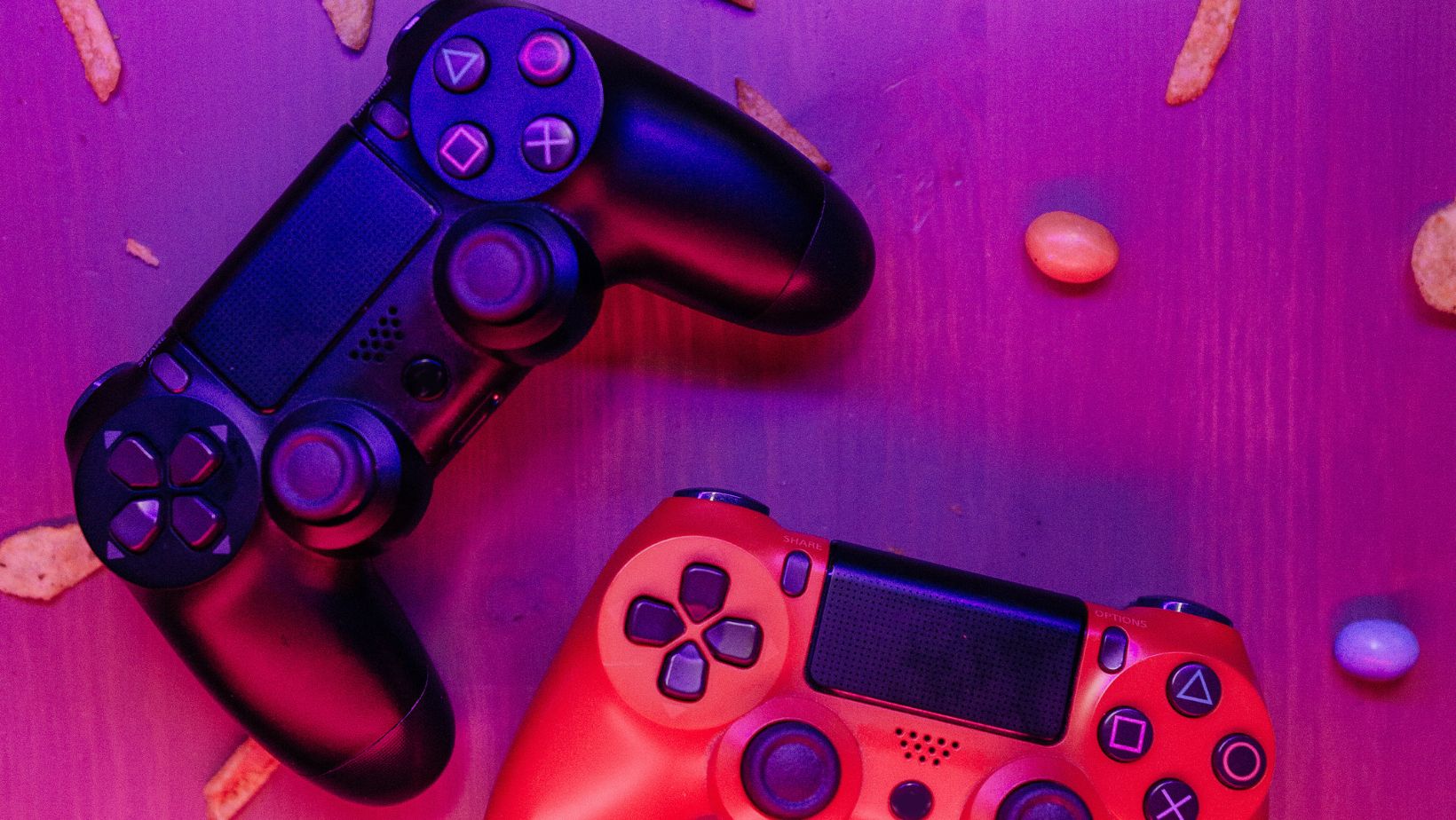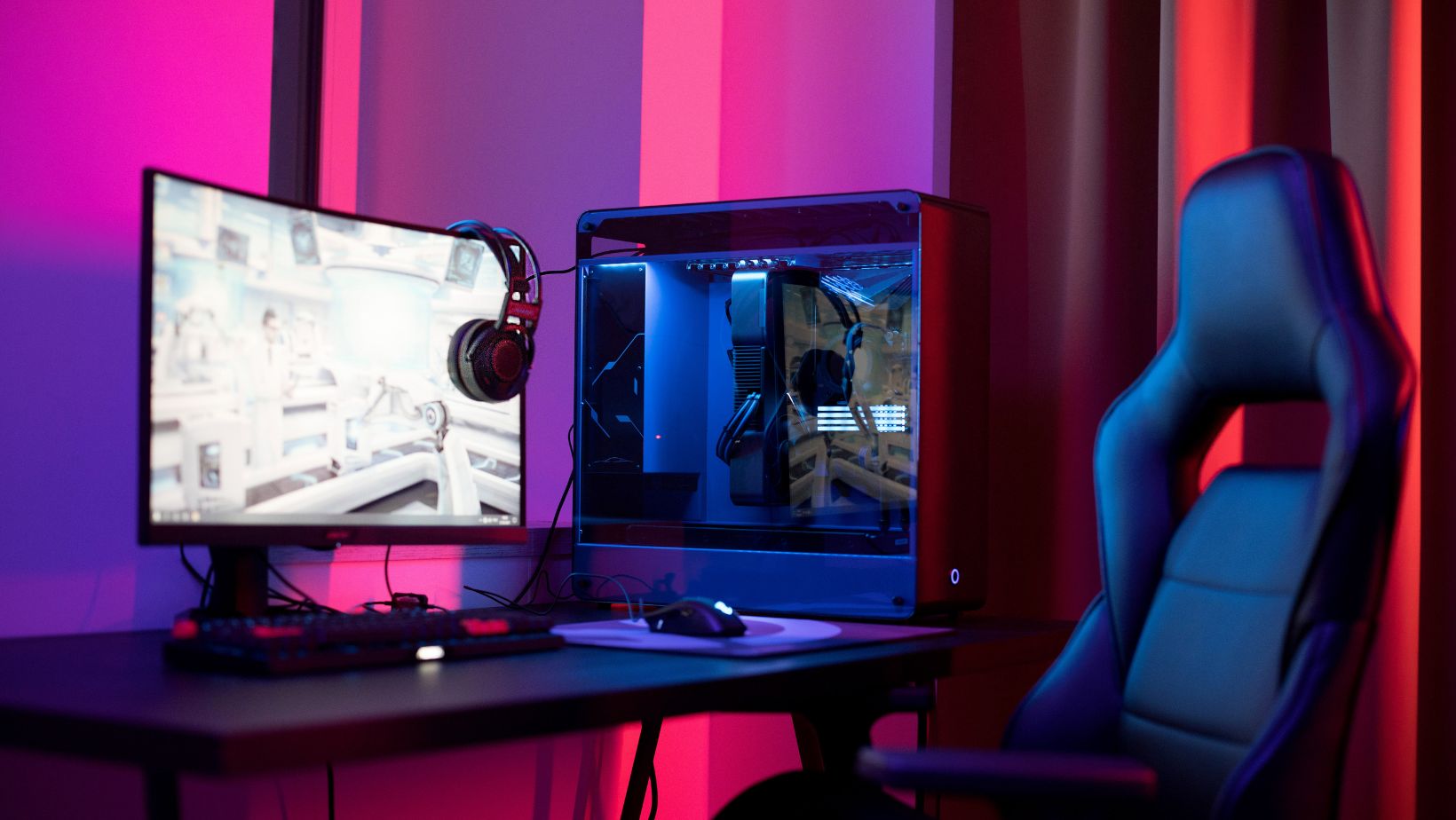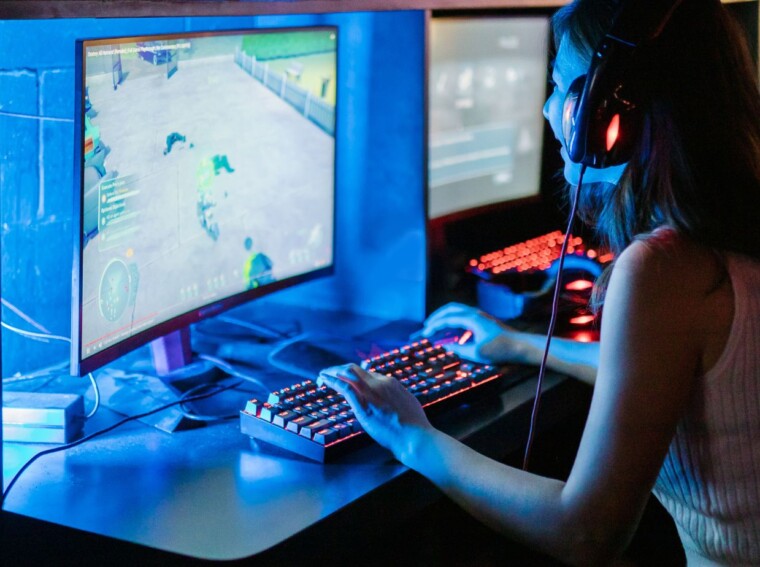In game development, stunning 3D characters are a core part of the visual experience. But without careful optimization, those gorgeous characters can become performance nightmares—slowing frame rates, bloating memory usage, and tanking gameplay on lower-end devices. So, how do you strike the right balance between aesthetics and efficiency?
The Cost of Detail
Every polygon counts. Adding visual complexity may seem like a shortcut to “next-gen” graphics, but high-poly models can quickly push games beyond the limits of what’s playable, especially on mobile or VR platforms. In these environments, hardware constraints demand a balance between beauty and efficiency. High-poly models increase not only memory usage but also the CPU and GPU processing power required to render them, leading to performance degradation and potential frame rate drops. This is why a 3D game development company must carefully consider the trade-offs between aesthetics and optimization when designing characters and environments.
It’s easy to fall into the trap of thinking more detail equals better quality, but this is not always true when it comes to real-time applications. The goal is to ensure that every piece of detail serves a functional purpose in the gameplay or visual storytelling—otherwise, it’s just wasted resources.
Common pitfalls:
- Over-detailing background NPCS: It’s tempting to add the same level of detail to background characters as you would for main characters, but these NPCS are often not in the player’s direct line of sight. They can be much less detailed, especially from a distance. High poly counts for distant or background characters are a performance drain that won’t translate into a better visual experience. Instead, optimizing background characters for lower polycounts and textures can significantly reduce unnecessary processing overhead.
- Using 4K textures where 1K would suffice: While 4K textures offer pristine detail, they are a huge burden on memory and GPU usage, particularly when they’re applied to objects that are rarely viewed up close. In many cases, lower-resolution textures, like 1K or 2K, will achieve almost identical results without compromising the visual integrity. Always consider the scale and viewing distance of assets before deciding on texture resolution.
- Neglecting LOD (Level of Detail) models entirely: LOD is a crucial part of optimizing your character models for performance. Without proper LODS, the game engine will continue to render high-detail models, even when they’re far from the camera. This can significantly affect performance, especially in large open-world games or areas with many characters on-screen at once. By implementing LOD systems, where the model’s complexity reduces as it moves farther from the player’s viewpoint, you can ensure that the game runs smoothly while still maintaining visual fidelity when it matters most.

These common mistakes not only waste resources but can also hurt the user experience, especially on hardware with less processing power, such as consoles or mobile devices. By balancing polygon counts, optimizing textures, and using techniques like LOD, you can maintain high visual quality without compromising performance.
Level of Detail (LOD)
LOD (Level of Detail) is one of the most powerful ways to optimize performance while keeping visual fidelity high when characters or objects are up close. The idea is simple: reduce the complexity of models as they move farther from the camera, ensuring that only the most essential details are rendered at any given time. This can dramatically improve performance, especially in large open-world games or areas with many characters on screen.
Tips:
- Create at least 3 LOD versions for each character (high, mid, low): The standard approach is to have at least three LOD stages for each model: a high-poly version for close-up shots, a medium version for characters seen at a medium distance, and a low-poly version for distant views. Having multiple LODS ensures that characters don’t require excessive resources when they’re far from the player, yet remain detailed when they’re in focus.
- Automate LOD generation with tools like Simplygon: Manually creating multiple LODS for every model can be time-consuming. Tools like Simplygon can automate the process by simplifying your 3D models while preserving essential visual quality. These tools also ensure consistency across your project, so every model follows the same optimization standards.
- Use engine-native systems (Unity LOD Group, Unreal’s LOD Settings) for seamless transitions: Both Unity and Unreal Engine offer built-in systems for handling LOD transitions smoothly. Unity’s LOD Group and Unreal’s LOD settings automatically adjust the model’s complexity based on the camera’s distance from the character, helping to create a seamless transition between LODS without any noticeable popping. Configuring these systems properly ensures that LOD changes happen naturally, enhancing performance without compromising visual quality.
Rigging & Animation Efficiency
Animation is another performance-sensitive area, especially in character-heavy scenes. Complex animations, particularly those with high bone counts, can put considerable stress on both CPU and GPU resources. Efficient rigging and animation techniques help ensure that your characters move smoothly without draining the system.

Tips:
- Limit bone count. Most mobile platforms perform best with 30–60 bones. While it’s tempting to add as many bones as possible to achieve realistic movement, more bones mean more calculations for the engine to handle. A smaller bone count is often sufficient for most character animations, especially for mobile and VR games. Typically, 30-60 bones are enough for a high-quality character rig on mobile platforms, and keeping it within this range helps maintain smooth performance.
- Bake animations where possible to avoid runtime overhead: Complex animations can consume significant system resources during runtime if they’re calculated in real time. Baking animations pre-emptively allows the engine to play back pre-calculated data instead of computing it on the fly. This can drastically reduce the performance cost during gameplay, especially for repetitive animations (like idle or walking cycles). Tools like Maya and Blender make it easy to bake animations and export them for integration.
- Use GPU skinning if your engine and platform support it: GPU skinning shifts the computation of character deformation from the CPU to the GPU, utilizing the parallel processing power of modern graphics cards. This allows the engine to handle complex animations more efficiently, especially when multiple characters are on screen. Both Unity and Unreal Engine support GPU skinning, but it’s essential to verify that your platform supports this feature to fully take advantage of its performance benefits.
Conclusion
A beautiful character that crashes your game isn’t worth the frame drop. With smart optimization techniques, you can create characters that are both stunning and performance-friendly, whether you’re building an indie RPG or a full-blown MMO. Achieving this balance requires careful attention to detail, from the polycount and texture resolution to animation complexity and LOD systems. It’s essential to optimize not just for the highest visual fidelity but also for the platforms your game targets. Whether you’re developing for high-end PCS or mobile devices, you must ensure that your character designs maintain quality without overloading the system.

